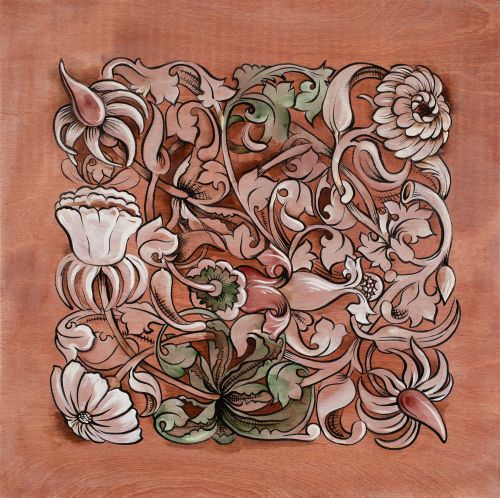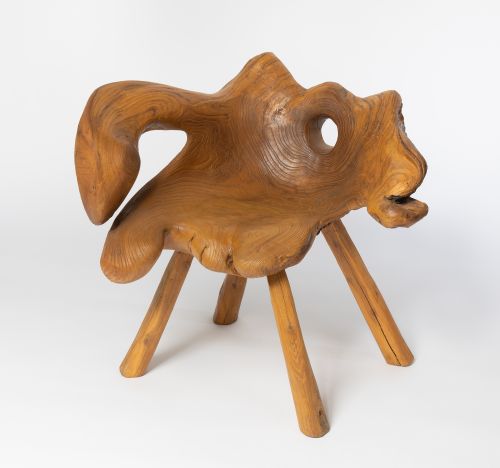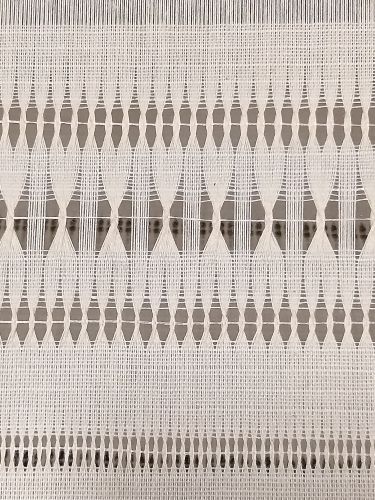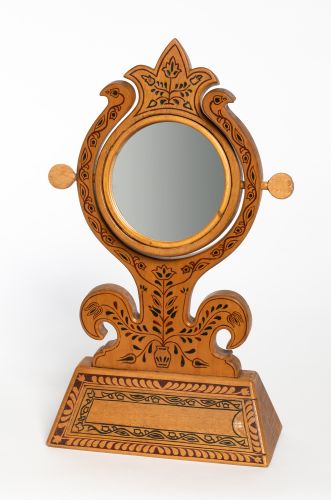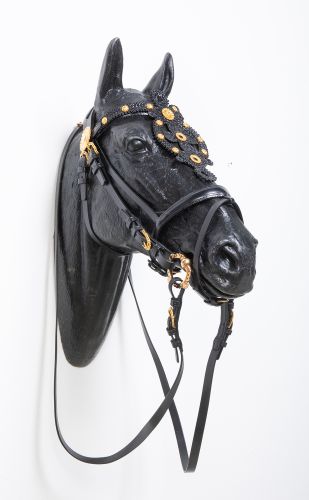István Pál and his student

CIGLAN János (late 19th century–early 20th century) and PÁL István (1919–2015)
Palóc flute and Palóc recorders / 1990s and late 19th century
from Zoltán Juhász’ private collection
Photo: SULYOK Miklós

DSUPIN Pál (1963–2020)
Long recorder from Somogy, Palóc flute in István Pál’s style and Somogy style recorder / 2000s
from Jr. Béla Szerényi’s private collection
Photo: SULYOK Miklós
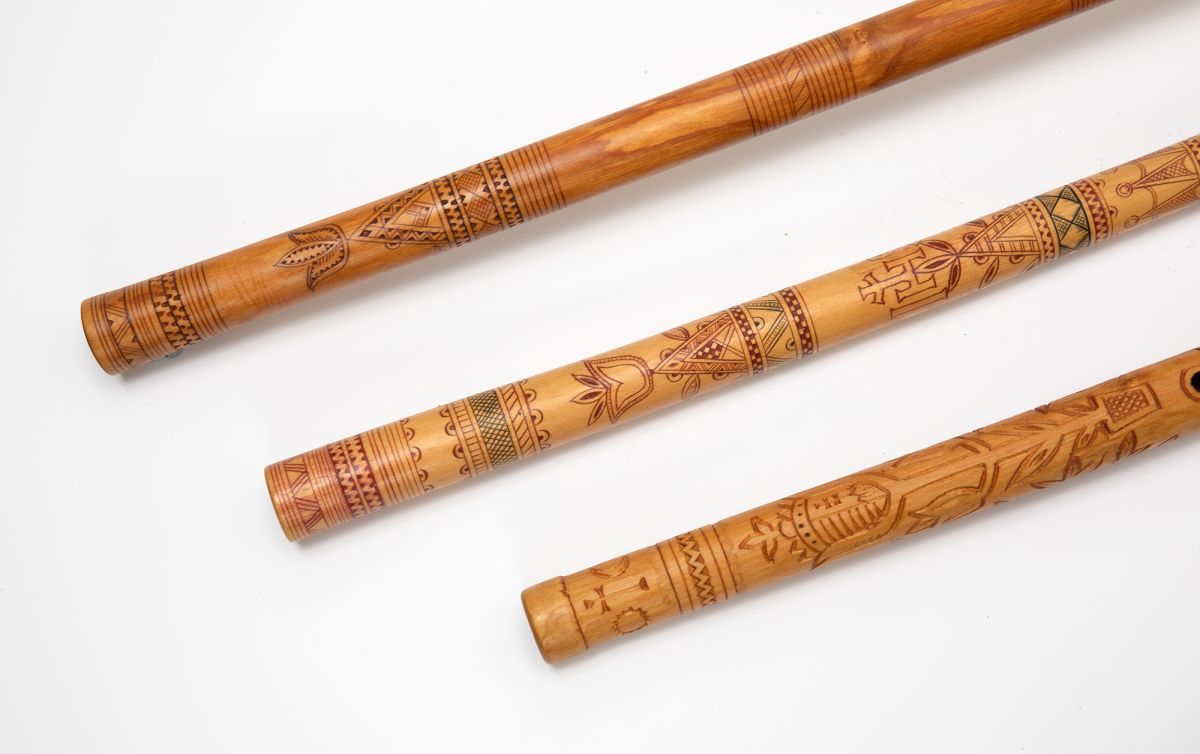
GYENES Tamás
Long recorder with wax-decoration, engraved long recorder and Palóc shepherd’s recorder / 2015, 2017 and 2021
limewood, hand-drilled, wax inlay decoration by hand
Photo: SULYOK Miklós
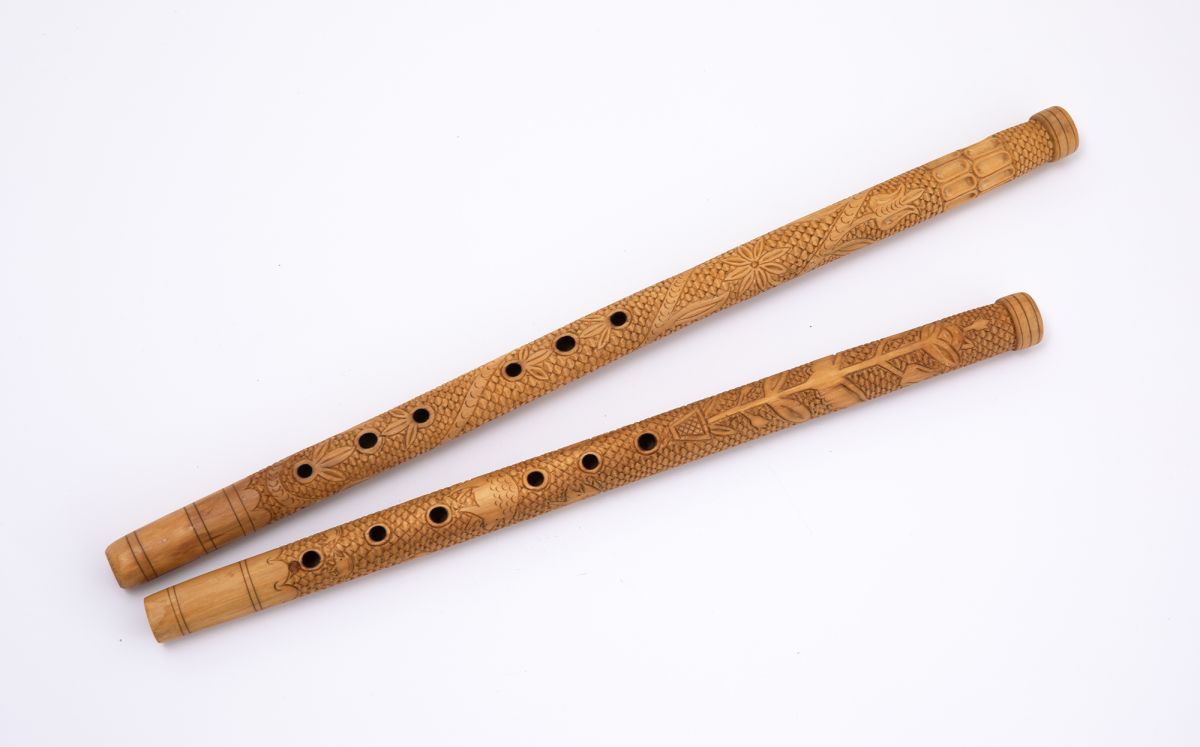
KONRÁD Viktor
Palóc shepherd's recorders / 2022-2023
limewood, hand-drilled, hand-carved
Photo: SULYOK Miklós
István Pál was born in 1919 in Kétbodony, Nógrád County. His father, István Pál Sr was a herdsman in Galgaguta; he played the recorder, the flute and the bagpipe a lot and his son learnt to play these instruments from him. He mastered the skill of making recorders and flutes as well as woodcarving from his mother’s uncle, János Ciglan, whose beautiful recorder is a highlighted artefact of great importance at this exhibition. István Pál’s woodcarvings in clude motifs like the life tree, the Holy Crown and the orb as well as patterns with lion, shepherd and animal fgures; all the free areas on his recorders are embellished with scale-like decoration. Besides recorders, he also made and played flutes, called ‘flóta’, which is the other traditional instrument that was used by shepherds in the north, on the Great Plain and in the Transdanu bian region. In the 1950s and 1960s he played the bagpipe at weddings and village balls. His bagpiping style incorporated all the traditional elements of the region’s bagpipe playing: old style, rubato melodies, bagpipe songs, new style songs and flourishes composed of improvised motifs as well as rubato improvisations without a fxed rhythmic structure. Tis means that the Palóc bagpiping traditions can be perfectly studied in István Pál’s playing.
Uncle Pista (nickname for István) Pál – as he was called by his students – was among the last people to preserve the Nógrád County shepherds’ musical tradition and art of folk objects. His invaluable knowledge was frst explored by Gergely Agócs and Zoltán Juhász in 1992, from which time Uncle Pista taught young people to play instruments, sing and culti vate shepherd traditions and instrument making by the hundreds. He was bestowed with the Master of Folk Art award for his life’s work in 1994. He died in Tereske in 2015.
Pál Dsupin (1963–2020) is a folk musician, folk music teacher, instrument maker and folk music researcher. He started studying Hungarian folk wind instruments in 1986. He began collecting folk music in 1989 and made about 250 hours of sound recordings. He graduated as a teacher of Hungarian and cultural management from the Teacher Training College of Eger. He organised the frst Unisono Folk Music Camp in 1992, which has been held annually since then. He received the title of Young Master of Folk Art in 1993. He began making shepherds’ instruments and various folk recor ders in 1994. He is remembered not only as one of the greatest makers of Palóc and Transylvanian recorders but also as the person who managed to reconstruct the long recorder of Somogy County thus ensuring its long-term survival. He was a teacher of the folk recorder at the Liszt Ferenc Academy of Music from 2015 until his death.
Tamás Gyenes (1959), a woodcarver applied folk artist met István Pál in 2007. He was István Pál’s student for eight years and carried on the tradition of making Palóc shepherds’ recorders from him. Tis tradition was taught only by him in all the country, frst in the Hungarian Heritage House and later within the framework of the Master-Apprentice Programme of the Csoóri Competition. He makes his recorders using the techniques of carving, engraving and wax-decoration with an extraordinary aesthetic sense and the confdent knowledge of the shapes of the Hungarian soul. He received the Pomegranate Award at the 16th Living Folk Art National Competition in 2015 and the Gold Certifcate in 2021.
Viktor Konrád (1988) is a folk musician in Romhány, who learnt bagpi ping from Botond Bese and Sándor Csoóri Jr, while his master who taught him how to make instruments was Tamás Gyenes. He places the greatest emphasis in his oeuvre on researching his environment, i.e. the Palóc Land of Nógrád County, and on mastering the making and playing Uncle Pista Pál’s Palóc recorders, while striving to keep the traditions of Hungarian shepherds and bagpipes alive.
